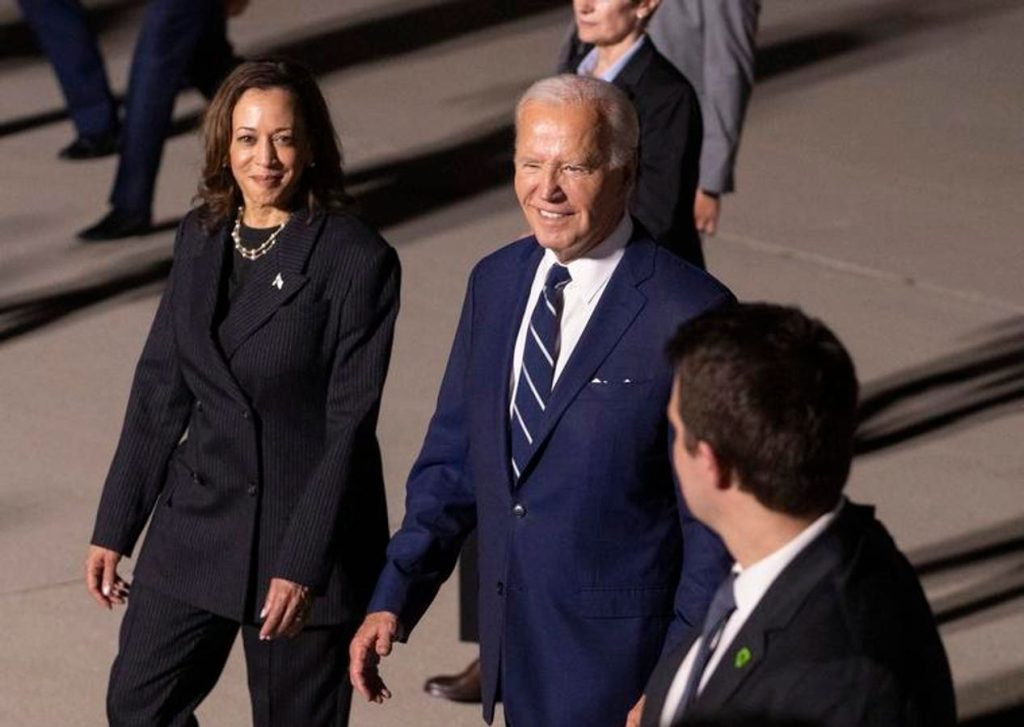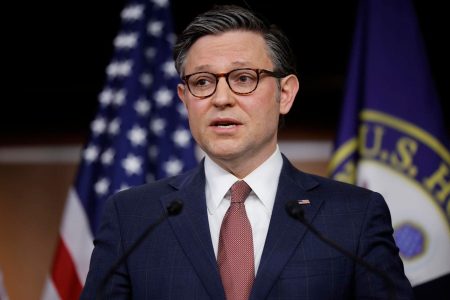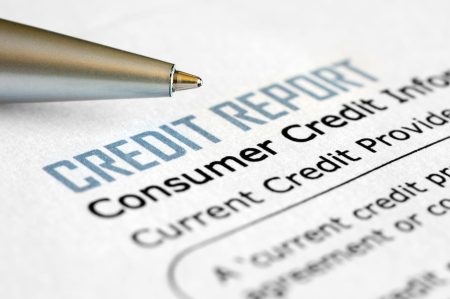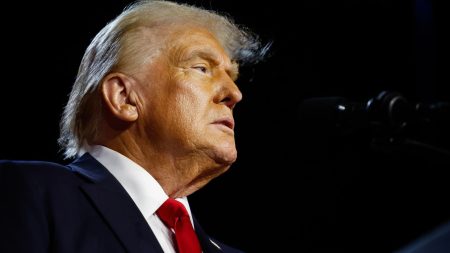Student loan forgiveness continues to be a major topic in national discourse as the Biden administration works to implement relief across multiple policy fronts. And several key deadlines are approaching as some debt relief initiatives wind down, while a new program could launch in just a matter of weeks.
Vice President Kamala Harris has been plugging the administration’s success so far in implementing upwards of $170 billion in student loan forgiveness for close to five million borrowers. Despite President Joe Biden’s initial mass debt cancellation plan getting struck down by the Supreme Court last summer, officials have utilized other tools — such as regulatory updates and temporary waivers — to improve and expand existing loan forgiveness programs. And the Education Department is in the final stages of rolling out another mass debt relief that could benefit 25 million borrowers or more.
Here are three upcoming student loan forgiveness deadlines that borrowers should know about.
Opt-Out Deadline For Biden’s New Student Loan Forgiveness Plan Is August 30
Last week, the Education Department sent out mass emails to 40 million borrowers notifying them of a new student loan forgiveness plan, and giving them an opportunity to opt out of relief.
The new plan, designed as a second attempt at blanket debt relief after President Biden’s first plan was nixed by the Supreme Court last year, will focus on providing relief to four groups of borrowers. This includes people who have experienced runaway interest accrual, borrowers who qualify for loan forgiveness under other programs but never applied, those who first entered repayment more than 20 or 25 years ago, and former students of schools that were cut off from federal aid programs due to their failure to meet federal standards.
The department expects the new student loan forgiveness plan to be automatic, with no application required. However, borrowers are being given an opportunity to opt-out of the relief. While most borrowers would probably choose not to do that, some people might want to op out (for example, if they were worried about state tax consequences associated with loan forgiveness).
“If you DON’T WANT to receive the debt relief the finalized regulations may provide, you need to contact your servicer(s) by Aug. 30, 2024 to opt out,” says the Education Department email sent to borrowers. Those who do want student loan forgiveness — if they are eligible — “don’t need to take any action.” But opting out could cause a temporary loss of eligibility for loan forgiveness under other programs, like income-driven repayment.
The new plan is expected to launch sometime this fall, although it will likely face court challenges.
Implementation Of Student Loan Forgiveness Under IDR Adjustment Expected To Be Completed By September 1
Just one day after the student loan forgiveness opt-out deadline is another key date — the anticipated completion of the IDR Account Adjustment. This temporary initiative allows borrowers to be credited with time toward their 20-year or 25-year student loan forgiveness term associated with IDR plans for past loan periods that may not have counted, such as extended forbearances or hardship deferments.
The Education Department has been implementing the IDR Account Adjustment on a rolling basis for over a year. More than one millions borrowers have received $51 billion in student loan forgiveness under the initiative so far, according to data released by the department last week. The IDR Account Adjustment is temporary, however, and is expected to conclude in only a few weeks.
“The U.S. Department of Education (ED) currently expects that the payment count adjustment will be completed by Sept. 1, 2024,” says department guidance. “When we implement the adjustment, it will automatically be applied to all Direct Loans and FFEL Program loans that are managed by ED at that time. This includes Direct Consolidation Loans that repaid a privately held Perkins or FFEL Program loan and that are disbursed before the adjustment occurs.”
Borrowers who receive enough IDR credit to reach the 20-year or 25-year threshold for loan forgiveness (depending on whether or not they took out any student loans for graduate school) would receive a discharge. Other borrowers would get to keep their IDR credit, but would need to continue repaying their loans under an IDR plan (if they are not already doing so) to continue making progress toward eventual student loan forgiveness. The Education Department is expected to publish IDR payment counts so borrowers can track their progress, although that may not happen until closer to the end of the year.
Student Loan Forgiveness Opportunity For Defaulted Borrowers Ends September 30
Meanwhile, another temporary initiative called the “Fresh Start” program designed to help borrowers in default on their student loans, and get them on a pathway to eventual student loan forgiveness, is also coming to an end soon.
The Fresh Start program allows borrowers to get out of default and back into regular repayment, but the program ends on September 30. One of the benefits of Fresh Start is that borrowers who take advantage of the opportunity by the deadline can receive IDR credit toward their 20- or 25-year loan forgiveness term under the account adjustment, including for the last four and a half years of default starting in March 2020.
“Borrowers who exit default prior to the end of the Fresh Start period will receive the full benefit of the payment count adjustment and receive credit for periods in default from March 2020 through the month they exit default,” says the Education Department. “After the Fresh Start period, only borrowers who rehabilitate to leave default will benefit from the adjustment, but they will not receive credit for periods in default during the payment pause.”
Direct loan borrowers who are in default can also qualify for other student loan forgiveness programs, like Public Service Loan Forgiveness, by getting out of default via Fresh Start by the September 30 deadline.
After the Fresh Start deadline passes, the Education Department will be able to resume collections activities against defaulted borrowers. These activities can include administrative wage garnishment, Social Security benefits offset, and tax refund intercepts, in addition to financial penalties and negative credit reporting.
Read the full article here










